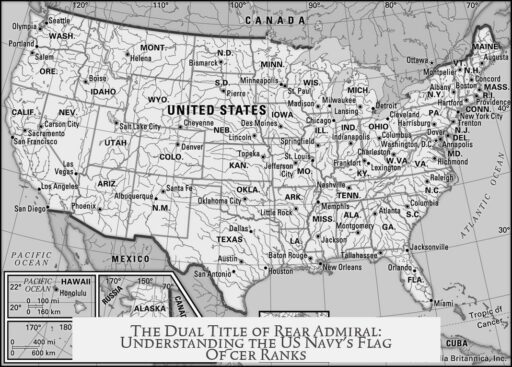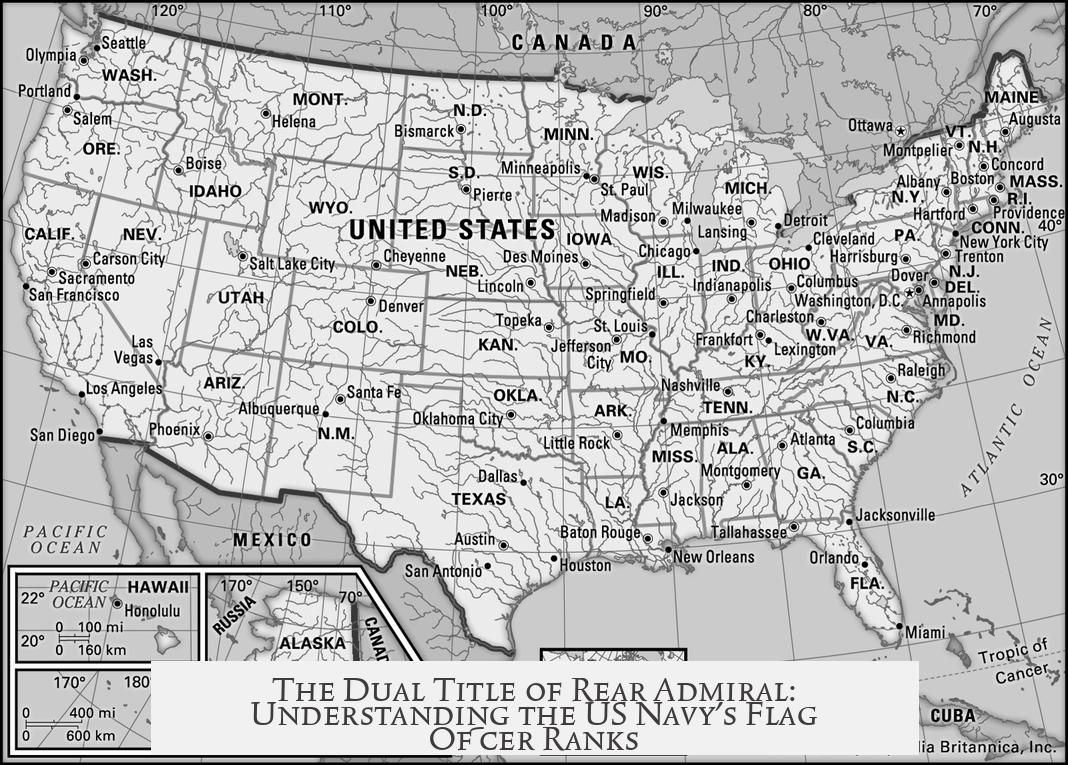The US Navy has two flag officer ranks titled “rear admiral” because of its historical handling of the commodore rank and legislative actions that transitioned one-star commodores into rear admirals with a split pay grade system. This division resolved rank, pay, and insignia issues that arose when the Navy eliminated commodore as a formal rank but still needed an O-7 level officer.
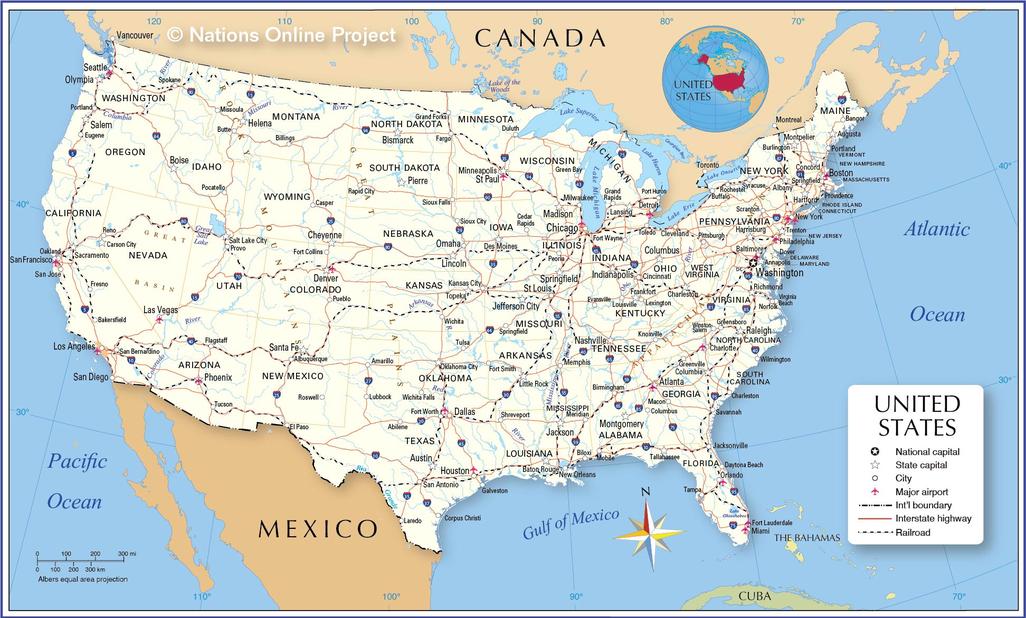
The rank of commodore originated in the Royal Navy in the late 18th and early 19th centuries, describing a senior captain commanding a small squadron independently. Early in its history, the US Navy adopted commodore in a similar fashion. Formally established in 1862, commodore was initially a recognized flag officer rank. However, the Navy disestablished it by 1899, reintroduced it briefly in 1943 during WWII, and phased it out again by the late 1940s.
During World War II, commodore existed as a one-star rank, typically held temporarily. After the war, the Navy eliminated the commodore rank but wanted officers who held that status to retain flag officer pay and privileges. Instead of leaving the pay grade (O-7) vacant, Navy leaders promoted such officers to two-star rank as rear admirals (upper half). This move created a structural problem in the pay and ranking system.
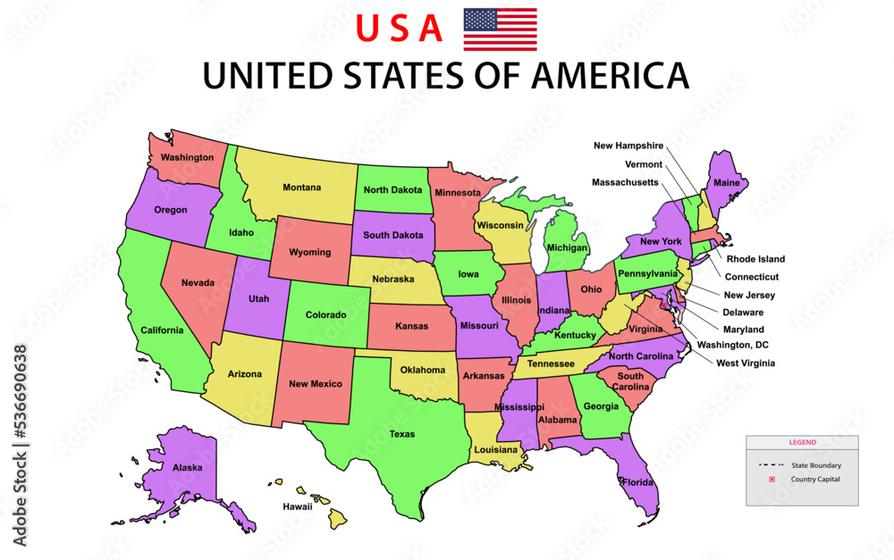
The Navy faced a dilemma. Captains are classified as O-6, vice admirals as O-9, and commodores had been O-7. Removing commodore meant the Navy would have no distinct O-7 rank. The Navy could either downgrade pay or create a new distinction within the rear admiral grade. Downgrading was impossible due to military pay protocols and fairness.
To solve this, the Navy created a split within the rear admiral rank, distinguishing rear admiral, lower half (one-star, O-7) and rear admiral, upper half (two-star, O-8). Both ranks use the title “rear admiral,” but the “lower half” carries one star, while the “upper half” carries two stars. This split allowed proper pay grade alignment and preserved the chain of command.

Meanwhile, the title “commodore” was repurposed as a non-rank title given to captains commanding multiple ships, squadrons, or task units. These officers did not gain flag rank but held a title reflecting their enhanced responsibilities. This dual use of commodore as title—and its absence as a formal rank—contributed to confusion within the service.
Congress stepped in to clarify the situation through legislative acts. The Department of Defense Authorization Act of 1982 briefly reintroduced “commodore admiral” as the official term for the one-star rank. This pleased no one, as it blurred the line between rank and title and conflicted with naval tradition.
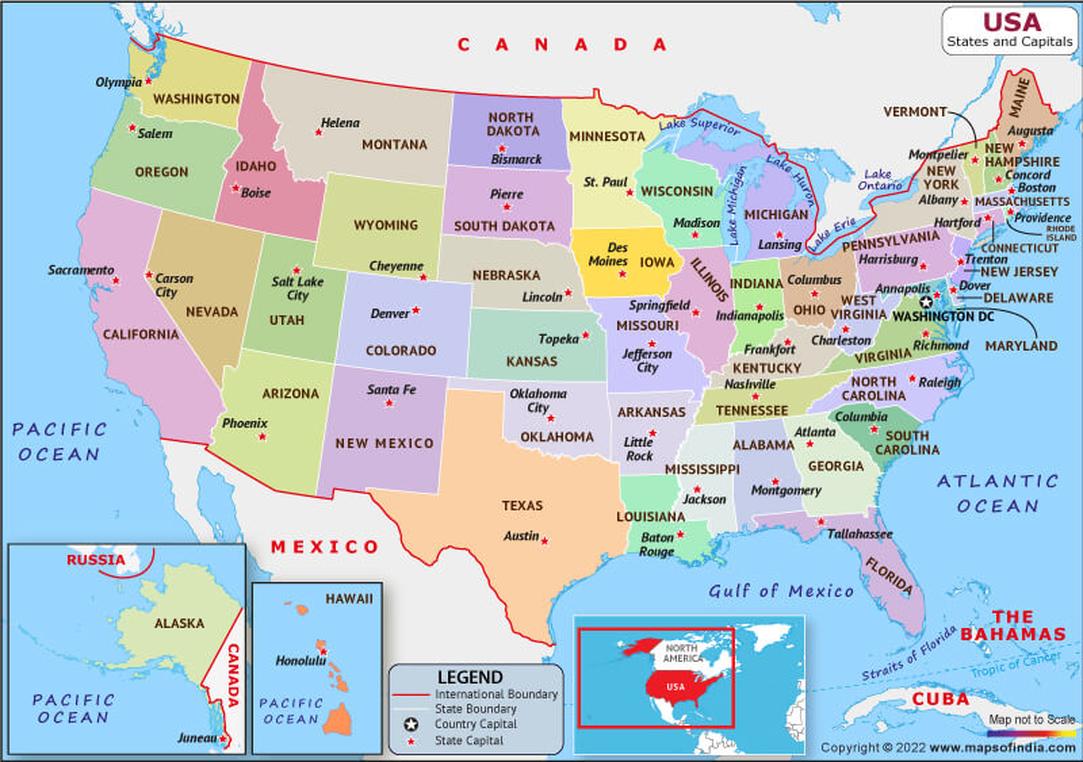
The 1986 Authorization Act resolved this by reaffirming the single-star flag officer rank as rear admiral, lower half. These officers wear one star, restoring clarity. The two-star officers remain simply “rear admirals” or “rear admiral, upper half” informally. Around 2001, the military standardized acronyms to reduce confusion: RDML refers to one-star (lower half) officers; RADM refers to two-star (upper half) officers.
| Term | Meaning / Note |
|---|---|
| Commodore (rank) | Historical one-star flag rank; eliminated post-WWII but briefly returned legislatively |
| Commodore (title) | Honorific for captains commanding squadrons; not a rank |
| Rear Admiral, Lower Half | One-star flag rank at pay grade O-7; formerly commodore/commodore admiral |
| Rear Admiral, Upper Half | Two-star flag rank at O-8; traditionally ‘rear admiral’ |
| Acronyms | RDML (one star), RADM (two stars) |
Overall, the existence of two rear admiral ranks reflects the Navy’s effort to adapt to pay grade structures while honoring historical traditions and maintaining clear command distinctions. The elimination of commodore as a rank forced the Navy to split the rear admiral rank into two tiers to fill the O-7 pay grade appropriately.
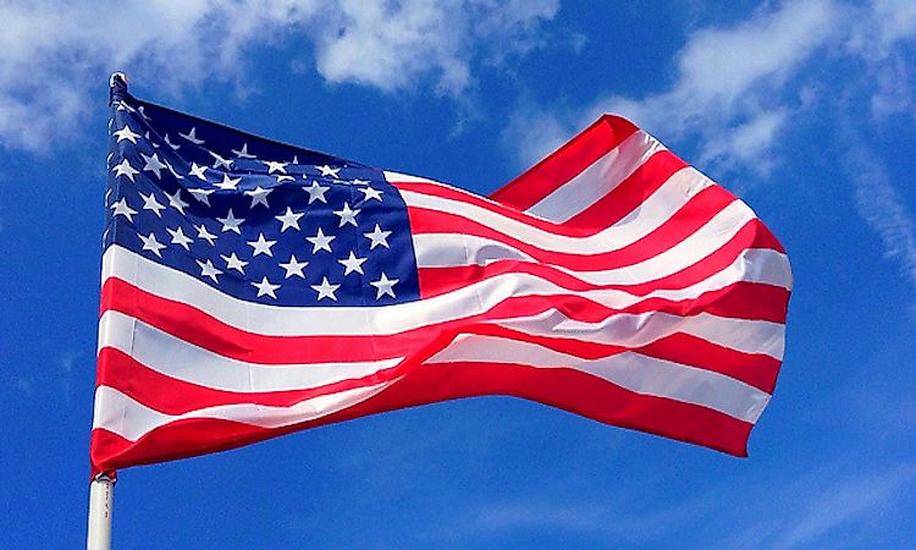
- Commodore was historically a one-star rank, later disestablished.
- Post-WWII changes eliminated commodore rank, creating a gap at O-7.
- Rear admiral split into “lower half” (one star, O-7) and “upper half” (two stars, O-8) to resolve pay issues.
- The title “commodore” remains an honorific for captains commanding squadrons.
- Legislative acts in the 1980s clarified rank names and insignia.
- Modern acronyms RDML and RADM help distinguish between one- and two-star rear admirals.
Why Does the US Navy Have Two Flag Officer Ranks Titled “Rear Admiral”?
The US Navy has two rear admiral ranks, known as rear admiral lower half (RDML) and rear admiral upper half (RADM), because of a complicated mix of history, pay grades, and legislative decisions that evolved over time from the old commodore rank. Sounds confusing? Well, it is. But it also tells a story of tradition, warfare necessities, administrative puzzles, and yes, a bit of bureaucratic stubbornness.
Let’s unravel the tale and see why a rank that looks the same on paper—and on your uniform—really isn’t.
Once Upon a Time: The Commodore Rank in Naval History
The story begins with the commodore, a rank that traveled from the Royal Navy into the US Navy’s infancy. Back in the late 18th and early 19th centuries, a commodore was simply a senior captain commanding a small squadron. The captain in charge of multiple ships earned this title because he had more duties than a regular captain but wasn’t quite an admiral.
Interesting bit: Commodores often rode the line between captain and admiral, sometimes even wearing what looked like a rear admiral’s uniform—talk about a promotion that blurs the lines!
In the US Navy, commodore became a formal rank only in 1862. However, its existence was patchy. It was disestablished by 1899, then resurrected in 1943 during World War II as the Navy expanded rapidly.
World War II and Commodore’s Final Bow
During WWII, commodore became the official one-star rank. However, it was often a temporary title, given the urgency and scale of the conflict. After the war, the Navy eventually found this rank cumbersome. They promoted these officers to rear admirals with two stars and abandoned the commodore rank to simplify things. At least, that’s what they thought.
The Pay Grade Conundrum: Why One Star Became Rear Admiral, Lower Half
The post-war elimination of commodore created a sticky problem related to pay grades and Navy hierarchy. Here’s the thing: Navy ranks carefully line up with pay grades, where Captains are O-6 and Vice Admirals are O-9. If you eliminate the commodore rank, which was O-7, you either skip that pay grade entirely (bad idea) or shuffle everyone’s pay (also bad).
The solution? Split the rear admiral rank into two halves: lower half (one star, O-7) and upper half (two stars, O-8). They call them both “rear admiral” but distinguish them officially by pay grade and number of stars.
Fun fact: For a hot minute, this caused everyone to wear two stars (even one-stars)—and annoyed every other military branch in hilarious ways. Imagine the Air Force rolling its eyes while the Navy played uniform bingo.
The Commodore Title Isn’t Completely Dead
Even after the formal rank disappeared, “commodore” survived as an honorary title. Captains in command of multiple ships or squadrons were called commodores, recognizing their extra responsibilities without officially promoting them to flag officer. Basically, they were captains with a fancy badge of honor.
Legislation Sorting Out the Mess
The U.S. Department of Defense didn’t leave this muddle alone. In 1982, the Department of Defense Authorization Act officially named the one-star rank “commodore admiral,” hoping to settle debates. Predictably, this pleased no one because it reignited confusion over the difference between the commodore rank and the commodore title.
Thankfully, the 1986 Act fixed this by renaming the one-star rank back to “rear admiral, lower half,” this time with a single star insignia. The two-star rear admiral remained simply “rear admiral,” or often “rear admiral, upper half” behind closed doors. Acronym-wise, you get RDML for the one-star and RADM for the two-star, avoiding the awkward scenario where two different ranks share the same shorthand.
The Practical Benefits of Two Rear Admiral Ranks
At first glance, the split seems like bureaucratic overkill. But it actually offers benefits:
- Clearer pay and promotion pathways: Officers don’t jump from captain (O-6) straight to two-star rear admiral (O-8). They get a stepping stone.
- Retaining tradition while adapting: By keeping the rear admiral title, the Navy honors historical rank customs while solving pay grade challenges.
- Flexibility in command structure: Rear admirals lower half can command smaller formations; upper half admirals take on bigger commands.
What Are the Acronyms and Insignia?
If you peek at uniforms, a rear admiral lower half sports one silver star on the shoulder boards or collar; the upper half shows two. The Navy prefers RDML and RADM to clarify things in documents and conversations.
Why Does This Matter to You?
Maybe you’re wondering why the Navy didn’t just keep the commodore rank or rename one of the admirals something else. Well, naval tradition is a mighty river, flowing slow and strong. Changing ranks affects everything—pay, morale, seniority, and even international relations.
Plus, changing names has ripple effects. Imagine sailors, officers, and bureaucrats trying to adjust overnight. The Navy carefully balances honoring its history, practical pay systems, and clarity—plus, a little joke about “making it complicated” to keep everyone on their toes.
To Wrap It Up: The Tale of Two Rear Admirals
The US Navy keeps two rear admiral ranks because:
- Historical use of the commodore rank created a precedent for a one-star flag officer below rear admiral.
- The elimination of commodore challenged pay grade structure.
- Legislative acts redefined the ranks to rear admiral lower half (one star) and upper half (two stars).
- The commodore survives as a title to honor captains with squadron command.
- Different acronyms (RDML and RADM) help avoid confusion.
So, the next time you notice two admirals titled “rear admiral,” remember: It’s not a typo or a clever prank. It’s an institutional drama written across centuries, battles, laws, and yes, a bit of classic Navy stubbornness.
“We do these things, not because they are easy, but because we make them hard.” — Lieutenant John F. Kennedy, USN (paraphrased)
Now, isn’t Navy rank naming just a bit more entertaining?
Why does the US Navy have two different ranks both called “rear admiral”?
After WWII, the Navy eliminated the commodore rank but still needed a one-star rank between captain and two-star rear admiral. They created rear admiral, lower half (one star), and rear admiral, upper half (two stars) to fill this gap in pay grades.
What was the role of the rank “commodore” before becoming rear admiral, lower half?
Commodore was a one-star rank during WWII, often temporary. It was disestablished after the war and replaced by rear admiral, lower half. Later, the title commodore was used as an honorary label for captains commanding squadrons, not a formal rank.
How did legislation affect the naming of one-star and two-star rear admiral ranks?
The DoD Authorization Act of 1982 first used “commodore admiral” for one-star rank but created confusion. The 1986 Act renamed it rear admiral, lower half, officially distinguishing it from the two-star rear admiral, upper half rank.
Why does the Navy use acronyms RDML and RADM for rear admirals?
To avoid confusion between the one-star and two-star rear admiral ranks, services adopted RDML for rear admiral lower half and RADM for rear admiral upper half around 2001, clarifying rank distinctions in communications.
Why did the Navy stop creating commodore ranks after 1947?
After WWII, the commodore rank was phased out to simplify the ranking system and replaced by rear admiral ranks. The Navy kept commodore as a title for senior captains, but the formal commodore rank was no longer used after 1947.
